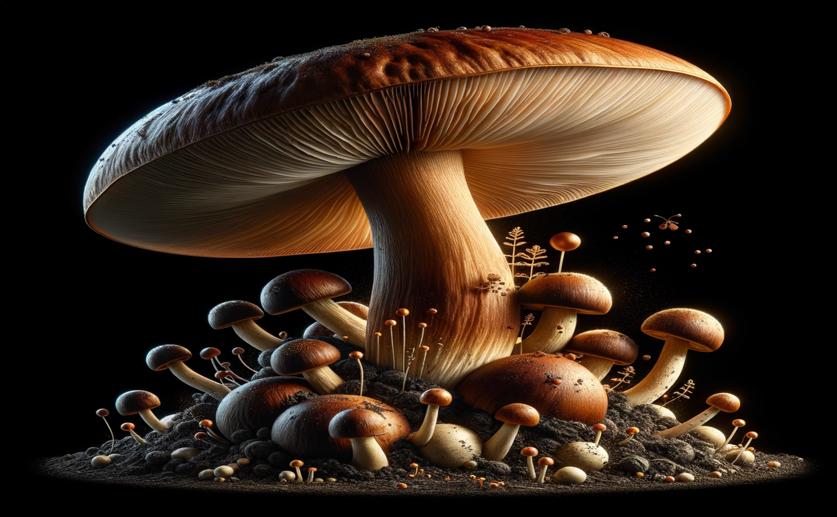
How Mushroom Structures and Chemicals Enhance Their Strength
Jenn Hoskins
14th June, 2024

Image Source: Natural Science News, 2024
Key Findings
- The study by Technische Universität Berlin examined the structural and mechanical properties of the polypore fungus Fomes fomentarius
- The hymenium segment, despite being the most porous, showed the best mechanical properties due to its high chitin/chitosan content and skeletal hyphae
- Increased calcium content in the hymenium and crust, confirmed by SEM-EDX, contributes to the fungus's robustness
References
Main Study
1) Hierarchical structure and chemical composition of complementary segments of the fruiting bodies of Fomes fomentarius fungi fine-tune the compressive properties.
Published 13th June, 2024
https://doi.org/10.1371/journal.pone.0304614
Related Studies
2) Establishment of the basidiomycete Fomes fomentarius for the production of composite materials.
3) The complex structure of Fomes fomentarius represents an architectural design for high-performance ultralightweight materials.
4) Characterization of a chitin-glucan complex from the fruiting body of Termitomyces albuminosus (Berk.) Heim.
5) Growing a circular economy with fungal biotechnology: a white paper.



 17th May, 2024 | Jenn Hoskins
17th May, 2024 | Jenn Hoskins